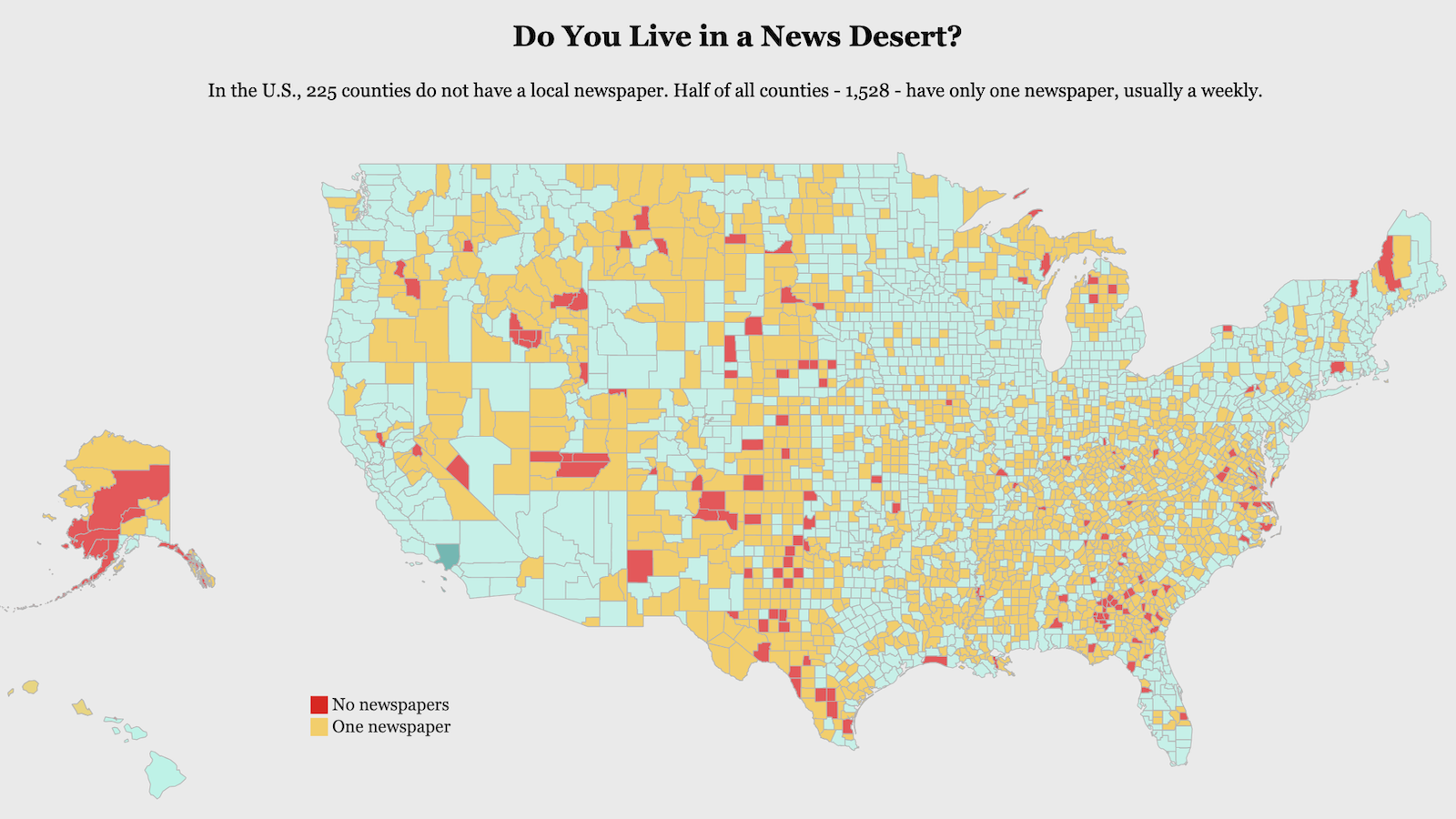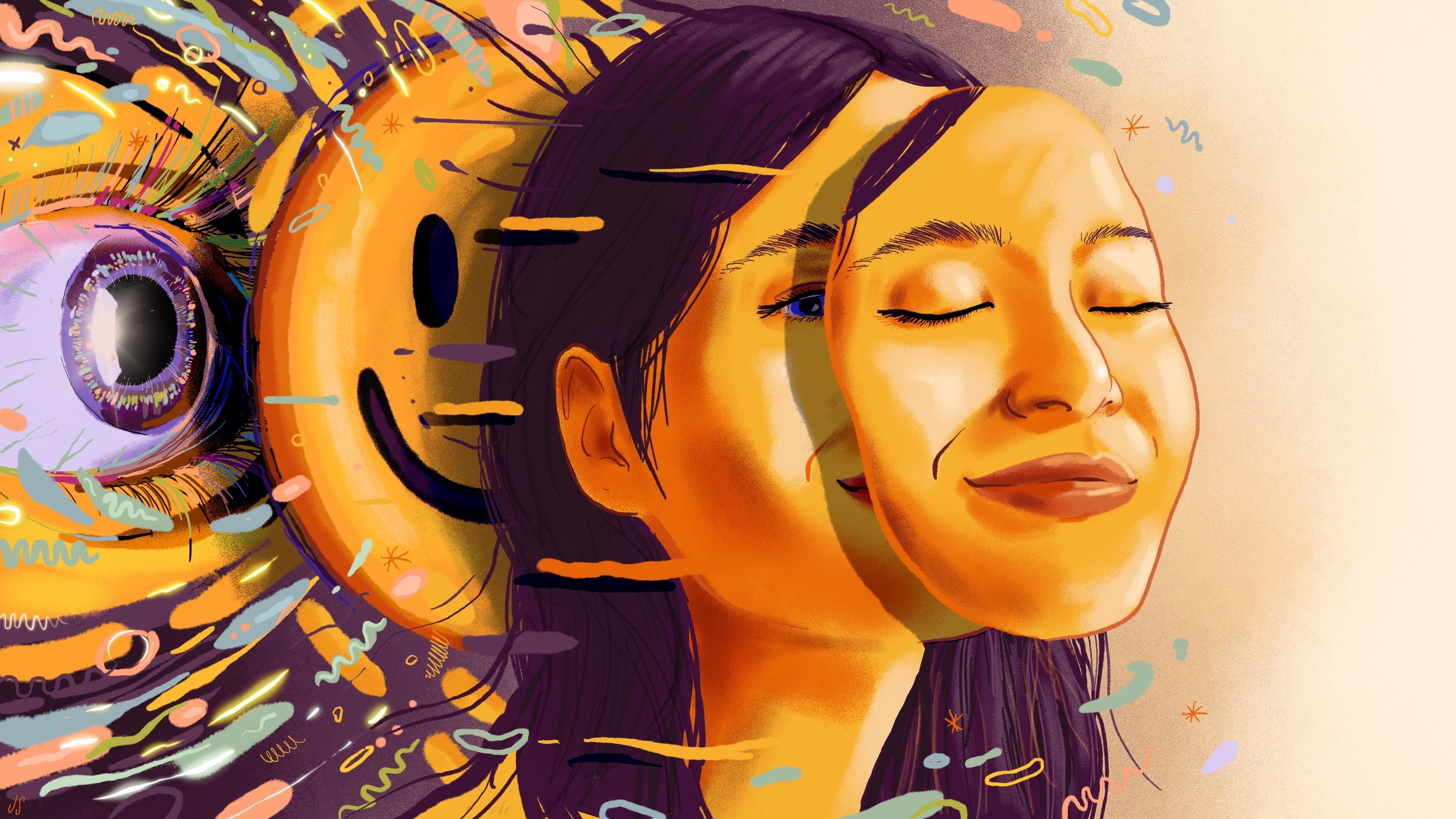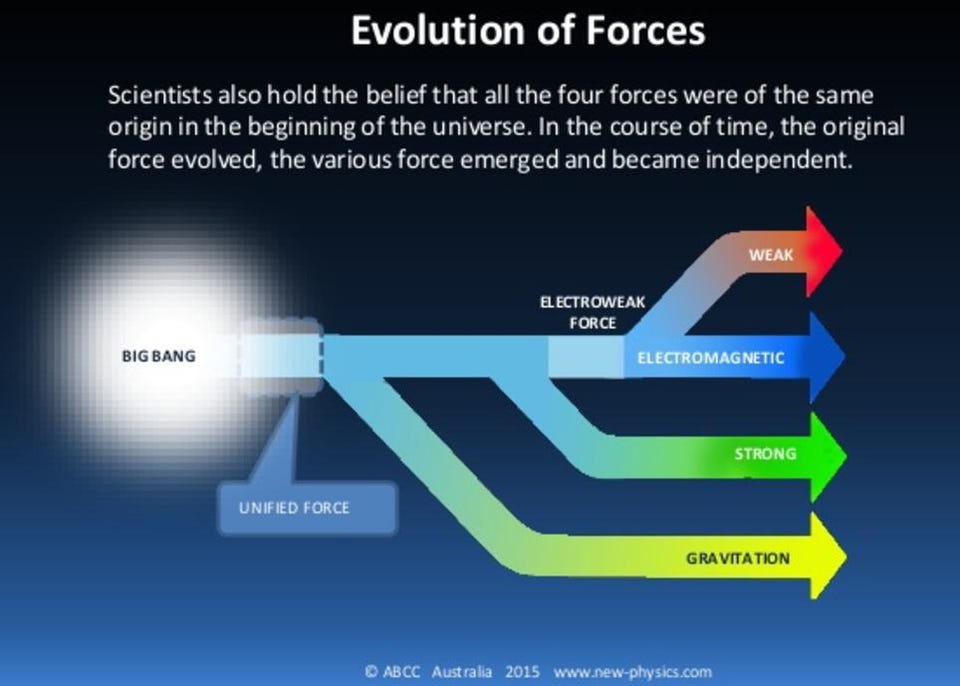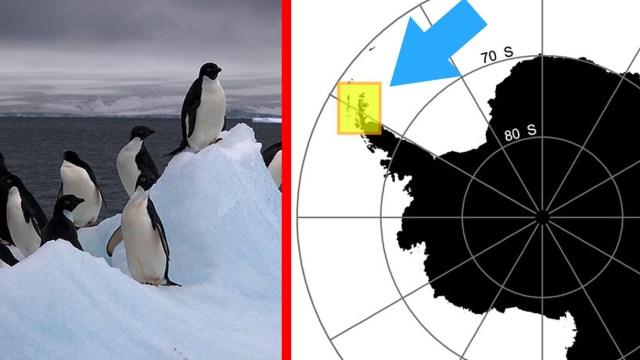Why philosophers say chimps have to be considered persons

To anyone who follows science, the notion that other animals can be sentient, have emotions, suffer, engage in relationships, and be highly intelligent has become nearly inescapable. Study after study presents fresh evidence that we’ve been underestimating animals. Chimpanzees, crows, and cephalopods apparently use tools, apes form social groups, elephants mourn, goldfish get depressed, whales converse, crows, chickens, and goldfish remember faces, and on and on. For many, the findings are confirmation of something we already suspected. But make no mistake, they call for a fundamental change in the way we see our place in the world: All other life on Earth is not, after all, here simply to serve us, and we thus have no moral right to continue treating it as if it is. It’s not surprising that there’s been some resistance, given the manner in which our casual, entitled use and treatment of animals is so embedded in our culture.
We’re only beginning to address the protection of non-human rights. That’s where the Nonhuman Rights Project (NhRP) comes in. Now a group of philosophers has submitted an amicus curiae brief in support of its ongoing efforts to secure protection for the basic rights of two chimpanzees named “Tommy” and “Kiko”. We’ve written about the chimps’ cases and their tortuous journeys through the courts of New York State before. The NhRP is attempting to have Tommy and Kiko relocated to the spacious, open-air Save the Chimps sanctuary in Florida.

(Photo: Save the Chimps)
The Nonhuman Rights Project, founded in 1996 by attorney Steven Wise, is working “to secure legally recognized fundamental rights for nonhuman animals through litigation, advocacy, and education.” The organization is the subject of an excellent HBO documentary, Unlocking the Cage. (Trigger warning: The film contains just a handful of brief scenes that are difficult to watch.) NhRP knows its goals will take time and a lot of work.
Tommy and Kiko
Tommy, thought to be in his thirties, was living in a cage in a shed on a used-trailer lot in Gloversville, NY when his case began in 2013—it’s believed he’s been moved since then to a roadside zoo in Michigan. Tommy was raised by a trainer who’s been alleged by TV host Bob Barker to have used blackjack batons and clubs on the chimp. Tommy appeared in the movie Project X, which is currently on Netflix.
Kiko is believed to be roughly the same age as Tommy, and he’s thought to be living in a cage in a cement storefront in Niagara, NY. He’s at least partially deaf in one ear, having been beaten for biting an actor on the set of the made-for-TV movie Tarzan in Manhattan. His owners have been talking for roughly 10 years about moving Kiko—and the other animals housed by their tax-exempt non-profit The Primate Sanctuary, Inc.—to a more rural location in Wilson, NY.
Person or thing? Choose one.
NhRP decided to attempt to secure a common law writ of habeas corpus for their animal clients. Habeas corpus literally means “that you have the body,” and it’s “used to bring a prisoner or other detainee before the court to determine if the person’s imprisonment or detention is lawful,” according to Cornell. (The body being the prisoner’s.)
Wise tells Big Think in an email, “Common law habeas corpus is the first cause of action that we have begun using because courts value it enormously and it was the cause of action that was successfully used by slaves in the 18th and 19th centuries to obtain their freedom. We base our litigation on those cases. We are already publishing law review articles that set forth other causes of action, such as the ancient cause of action of de homine replegiando and manumission.”
Critics of the NhRP’s approach, including some judges, argue that these are not really habeas corpus cases and that they would be better addressed by revising animal welfare laws already on the books. Wise responds, “The NhRP is interested solely in obtaining legal rights for its nonhuman animal clients. History shows that the only way in which an individual’s fundamental interests are protected is if [they have] legal rights. Animal welfare statutes merely regulate the manner in which humans may exploit nonhuman animals,” Wise writes, but, “Rights prohibit exploitation. A rights-holder has inherent value, is understood to exist for their own sake, and is visible to the civil courts.”
What makes getting the NhRP’s habeas corpus writ for the chimps such a heavy lift is that, according to current U.S. law, you’re either a person, or you’re a thing. That’s it. One or the other. And habeas corpus applies only to persons. “A rights-holder is a ‘person’,” says Wise. “Otherwise an individual is a ‘thing’ whose value is merely instrumental to ‘persons’, who exists for the sake of ‘persons’, and who is invisible to the civil courts.” As a result, NhRP has to argue that Tommy and Kiko qualify, in the legal sense, for “personhood.”
What the NhRP is not asserting
Wise and his team are not saying that the chimps should have identical rights to humans, as some news coverage may misleadingly suggest. It’s simply that it’s increasingly obvious that they’re not unconscious things. The courts have not questioned any of the scientific assertions regarding animal awareness or capabilities presented by the NhRP, and some of the judges have been sympathetic. Still, the NhRP’s claim of personhood for Tommy and Kiko has frequently been mischaracterized beyond the courtroom.

Likewise, while Wise has made the case that slaves, women, and children are all groups previously denied status as persons, he’s not equating chimps to any of these groups as some inflammatory reporting suggests—he’s simply reminding us of the many historical examples in which rights have finally been granted to those who, in hindsight, should never have been denied them.
The philosophers’ brief
While Tommy’s and Kiko’s cases are now joined, they didn’t start out that way—they both began in 2013, and finally came together in a Manhattan courtroom in March 2017. The NhRP site has a complete, detailed timeline of court appearances and filings in both cases.
The NhRP is now seeking an appeal at the New York Court of Appeals, the state’s highest court. Concerned that courts have been misinterpreting key philosophical concepts in their rulings, Wise reached out to philosophers Andrew Fenton and Letitia Meynell, who assembled the team that produced and filed the new amicus curiae brief. It asserts that the courts have been “using a number of incompatible conceptions of ‘person’ which, when properly understood, are either philosophically inadequate or in fact compatible with Kiko and Tommy’s personhood.” The group is informally calling it Chimpanzee Personhood: The Philosophers’ Brief.
At the most basic level, courts have taken the position that “personhood” can simply not apply to a non-human. The new brief, however, counters that the truth is not so simple: “In this brief, we argue that there is a diversity of ways in which humans (Homo sapiens) are ‘persons’ and there are no non-arbitrary conceptions of ‘personhood’ that can include all humans and exclude all nonhuman animals.” The philosophers address four problematic philosophical conceptions regarding personhood that repeatedly appear in the case judgments.
Species membership
While the brief endorses the longstanding view that biology should inform the legal system, it points out that our understanding of the science changes and that there is to-date “no method for determining an underlying, biologically robust, and universal ‘human nature’ upon which moral and legal rights can be thought to rest.” As a result, not being a Homo sapiens should not mean one does not deserve to be seen in a legal sense as a person deserving of fundamental natural rights such as freedom from captivity and suffering. The authors remind the court that, “Any attempt to specify the essential features of ‘human nature’ either leaves out a considerable number of humans—often the most vulnerable in our society—or includes members of other species.”
The brief also asserts that what separates the members of different biological classifications isn’t definitive or absolute in any event and that there’s no inherent hierarchy to justify assigning basic rights to one species and not another. It points out that Darwin’s great insight was realizing that “the differences between species did not reflect the existence of essential characteristics, but instead were the product of a gradual process of natural selection.” It also cites Linnaeus, the man who first created our biological categories, as having written that “his reasons for placing ‘Man’ in a distinct genus had more to do with placating theologians than with the principles of natural history.”

Linnaeus and Darwin.
Social contract
The New York State Supreme Court, Appellate Division, Third Judicial Department found against the NhRP on the basis that Tommy was not “a ‘person’ entitled to the rights and protections afforded by the writ of habeas corpus,” since, “unlike human beings, chimpanzees can’t bear any legal duties, submit to societal responsibilities, or be held legally accountable for their actions.” This means that the inability of Tommy and Kiko to enter into such a social contract means they’re not qualified to be persons.
This has the relationship backward: One must first be seen as a person to be able to enter into such a social contract. “Upon contracting with our fellows,” the brief says, “we do not become ‘persons’, but rather ‘citizens’; and we do not suddenly acquire rights…” To say an individual isn’t a person because he can’t enter into a social contract that proves he’s a person is mind-bogglingly circular.
In addition, it’s easy to come up with examples of people who have no duties, responsibilities and are not legally accountable—children and some cognitively disabled people, for example—who are nonetheless obviously persons. “A point that comes up repeatedly in the brief,” says L. Syd M Johnson, one of the authors of the brief, “is that the court is understanding ‘person’ and ‘personhood’ in a way that, if consistently applied, would actually exclude many humans from qualifying as persons as well. We assume the courts don’t really want to do that.”
In any event, as affidavits submitted on Tommy’s behalf by experts including Jane Goodall attest, chimpanzees do have duties and responsibilities in their natural communities.

(Photo: wildchimpanzees.org)
Community membership
The First Department claimed that to be a person one must be part of the “human community”. The brief notes that, first off, this is just another way of asserting species membership as a requirement, since “’human community’ is a synonym for ‘members of the species Homo sapiens.'”
Beyond that, the philosophers offer two views of what it means to be a human community member and say that Tommy and Kiko satisfy both definitions.
In the widely inclusive view, “someone is a member of a community of persons because they are embedded in interpersonal webs of interdependency, trust, communication, and normative responsiveness.” This includes children and people with cognitive disabilities whose dependence on guardians confirms that they’re socially connected to the community, a view shared by philosophers of disability. Thus Tommy and Kiko are part of human communities since they “are embedded in interpersonal webs of dependency, meaning, and care with other human persons.”
In the narrowly inclusive view, to be a person means having “more than sentience or vulnerability, but less than the capacity to bear legal responsibilities.” Even in this more restrictive view, the chimps fit the requirements according to the scientific research the courts have not disputed: “While Kiko and Tommy are not members of the species Homo sapiens, they are clearly relevantly similar to humans in the kind of psychological beings they are, as it is reasonable to ascribe to them such psychological traits as beliefs, rationality, desires, emotions of care, as well as the capacity for autonomy.”

Anonymous thoughtful chimp. (Photo: Rod Waddington)
Capacities
The brief’s discussion of capacities explains both why Tommy and Kiko should be considered persons, and also why the writ of habeas corpus being sought is the correct legal instrument for these cases.
Contemporary philosophers’ discussions of personhood are likely to include seven capacities that may constitute personhood:
1. autonomy
2. emotions
3. linguistic mastery
4. sentience
5. rationality
6. reflective self-awareness
7. reciprocity
The philosophers say that there would be no questioning that an individual with all these traits is a person. “However,” as the brief says, “there is no way to hold that possessing all of these properties [our emphasis] is necessary for personhood without excluding some humans who lack one or more of these properties.” The rulings of the First and Third Departments, again, find no dispute with the scientific affidavits supporting chimpanzees’ possession of some of the capacities in the above list.
So which capacities are critical? The brief asserts we can only say that “to be a person one must have multiple personhood-making properties, although which properties cannot be non-arbitrarily specified.”
The NhRP’s case is especially concerned with the capacity for autonomy as one of the most longstanding qualifications for personhood, and as a “cluster concept” that requires a number of other capacities. Its definition has evolved over time, the brief says, with bioethicist and philosopher Tom Beauchamp and comparative psychologist Victoria Wobber recently defining an autonomous individual as one capable of self-initiating an action that is:
1. intentional
2. adequately informed
3. free of controlling influences
Chimpanzees certainly meet this standard, at least when they’re free of “autonomy-depriving controlling influences” such as captivity.

Pasa likes leaves. (Photo: International Fund for Animals)
Another key importance of autonomy for the NhRP lies in the recognition that depriving a person of autonomy is widely regarded as doing them harm, and thus the habeas corpus writ seeks to end that harm as it’s designed to do.
However, both the Fourth and First Departments claimed that “habeas corpus relief… is unavailable” since the NhRP is seeking to relocate the chimps to the Save the Chimps sanctuary, which the courts say is just a different form of prison, not a full release from captivity. Though this is more a legal issue than a philosophical one, one of the brief’s authors, L Syd M Johnson, tells Big Think, “Historically, the writ of habeas corpus has been used to free women and children from abusive homes. In a landmark case in New York City in 1874, an abused child was granted habeas relief, and removed from her foster home. The court didn’t just turn her loose on the streets of New York. She was sent to live in an orphanage. There is a long history of using habeas corpus to improve the circumstances of vulnerable individuals. What NhRP is asking in the cases of Tommy and Kiko is similar. Release them from solitary confinement, and allow them to live in a sanctuary, where they will have the company of other chimpanzees and will be free to roam, climb trees, and live as chimpanzees. That will allow them to be autonomous, and exercise their bodily liberty.”
Next steps
Hopefully, the philosophers’ brief will convince the Court of Appeals to hear an appeal of Tommy’s and Kiko’s cases. Wise and the NhRP are expecting, and committed to, a long battle to encourage our justice systems to adopt a more consistent, moral perspective on non-human “persons.”
Wise tells Big Think that, “We believe that ultimately legislatures will be a source of rights for nonhuman animals, but that the better place to begin is in the courts because the business of courts is dispensing justice in a fair, rational, and non-arbitrary way.”
The patient NhRP believes the process so far has amounted to a victory regardless of the immediate outcomes in that it’s successfully brought the issue of non-human rights before the courts for serious consideration, and that’s it’s encouraged a wider public discussion of our moral and legal obligations to our fellow inhabitants of this planet.





